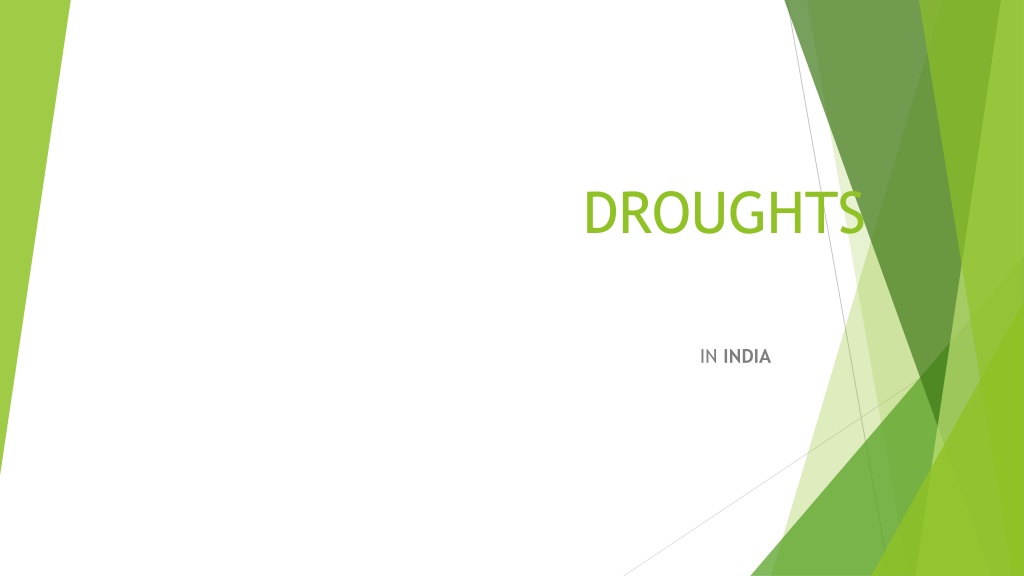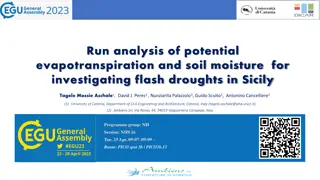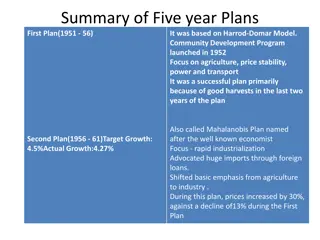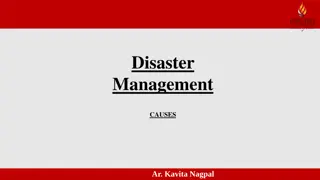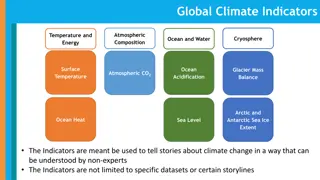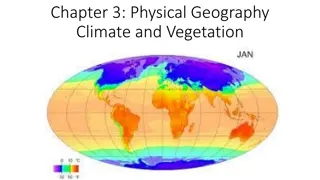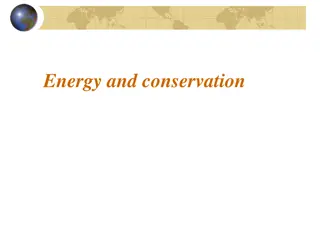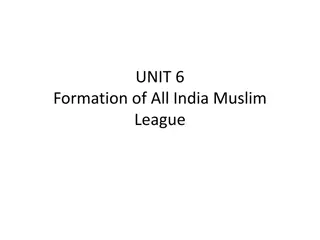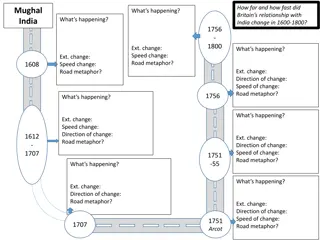Understanding Droughts in India
Droughts in India have historically resulted in devastating consequences, including major famines and socio-economic challenges. This natural disaster leads to severe losses in agriculture, depletion of underground water, and social unrest. Effective management strategies such as water conservation, drip irrigation, and rainwater harvesting are critical to mitigate the impact of droughts on communities and the environment.
Download Presentation

Please find below an Image/Link to download the presentation.
The content on the website is provided AS IS for your information and personal use only. It may not be sold, licensed, or shared on other websites without obtaining consent from the author. Download presentation by click this link. If you encounter any issues during the download, it is possible that the publisher has removed the file from their server.
E N D
Presentation Transcript
DROUGHTS IN INDIA
Droughts Droughts When rainfall is less than expected normal rainfall. The low rainfall is insufficient to meet the needs of humans, animals, plants and agriculture is drying of rivers, lake, ponds, wells, poor recharge of underground water.
India has suffered major and worst drought over the 18th and 19th centuries,resulted millions of deaths and led to major Indian famines such as Odisha famine of 1866,Bengal famine of 1943 and Bihar famine of 1873 1874. States affected by drought in India are Maharashtra, Karnataka, Andhra Pradesh, Orissa, Gujarat and Rajasthan, Major population of these region depended on the rice crop of the winter season. Due to the failure of the monsoon,some parts of Bihar and Jharkhand along with Punjab and Haryana were also affected by drought.
Effects Effects 1. Severe loss of agriculture. 2. Affects dairy activities fisheries. 3. Depletion of underground water. 4. Loss of bio-diversity. 5. Social unrest. 6. Health problems and increased poverty. Management Management 1. A regular monitoring of rainfall water availability in reservoirs, lake, rivers. 2. To adopt water conservation measures to reduce water consumption. 3. To adopt efficient methods of irrigation like drip irrigation,sprinkle irrigation. 4. To reuse waste water. 5. Growing drought resistant crops. 6. Rain and roof water harvesting. 7. To construct small check dams.
THANK YOU
